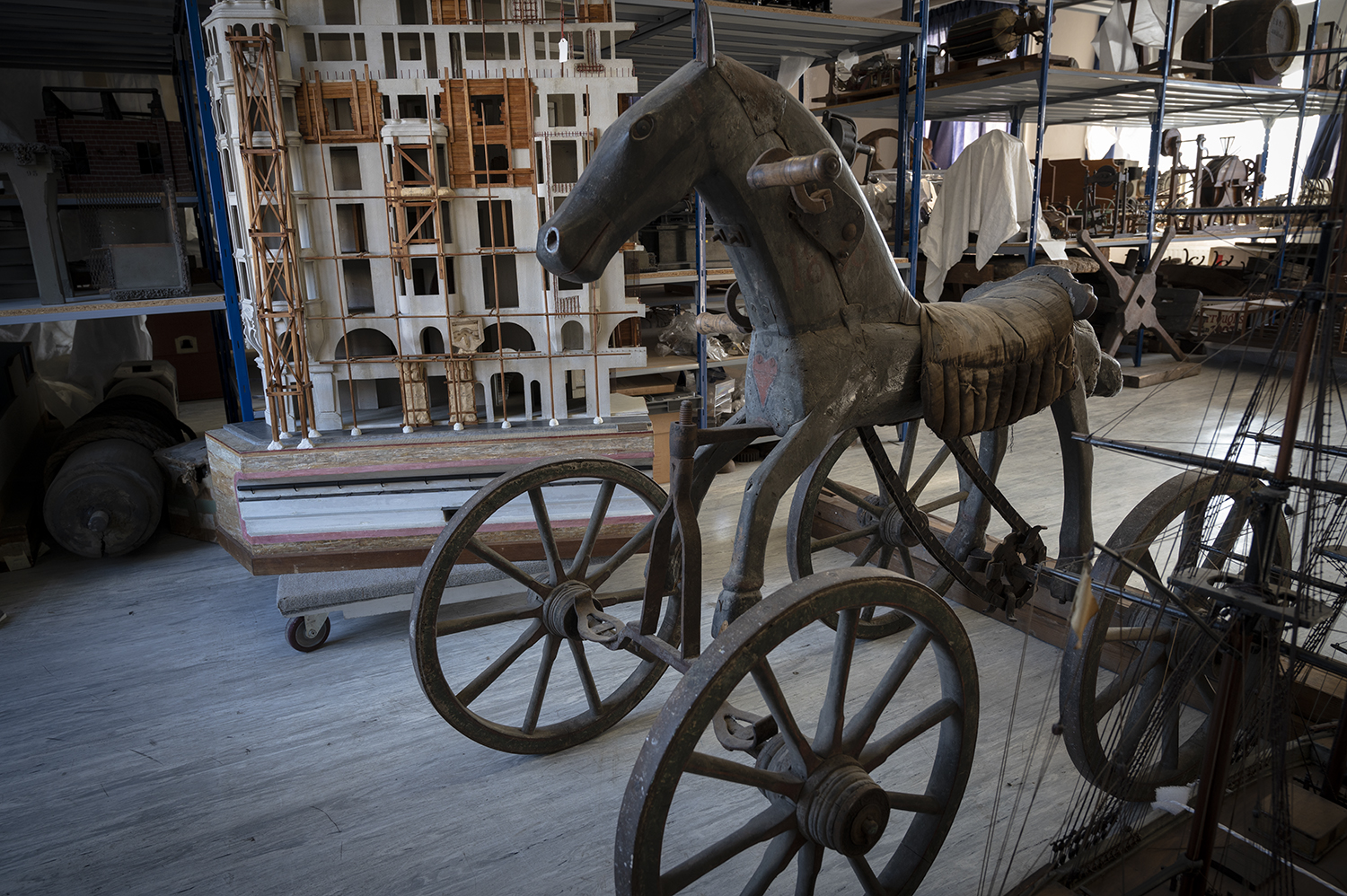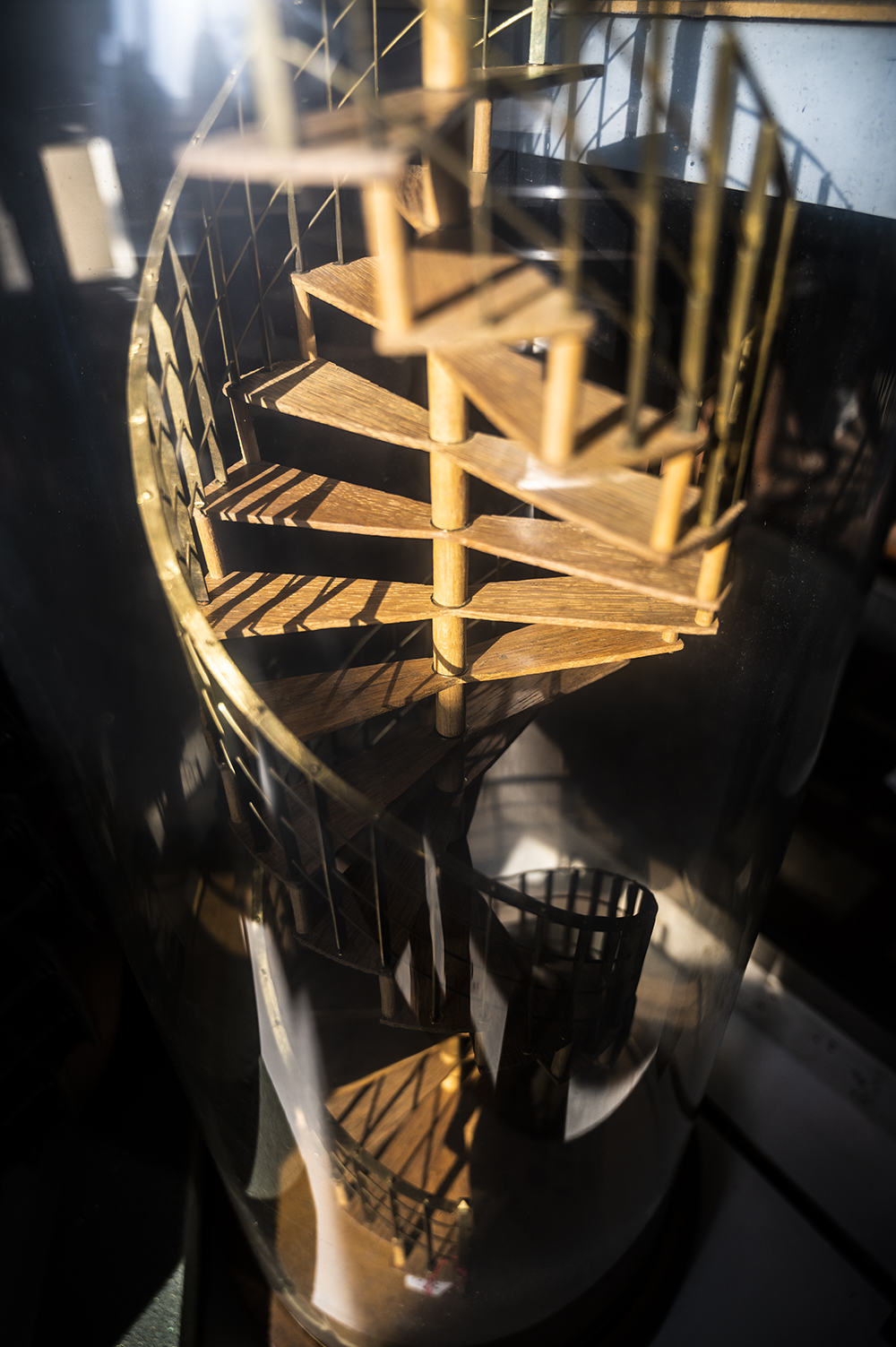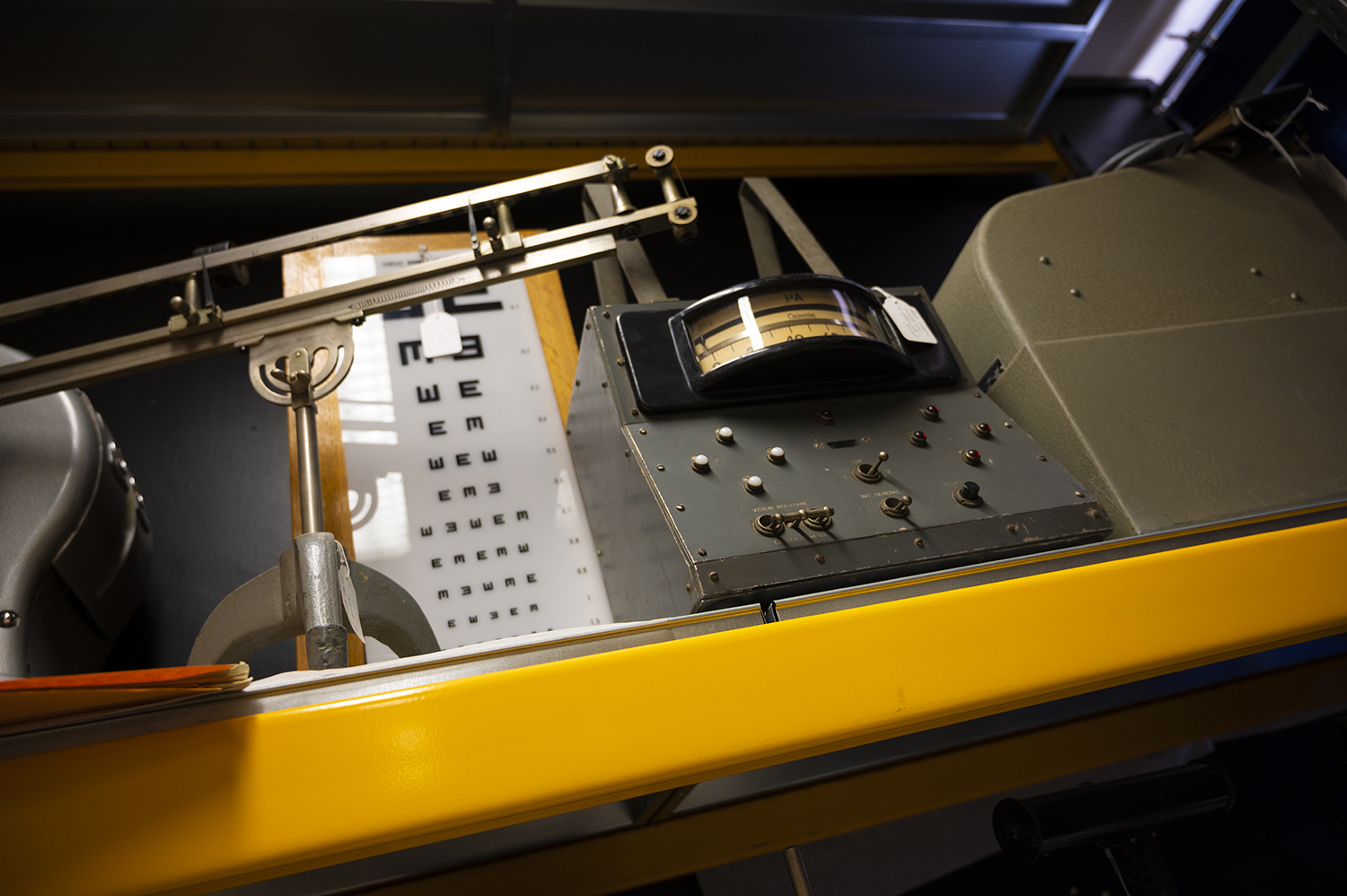The scientific and technical collections allow us to understand how innovations changed our lifestyle through time: textiles, earthenware, agriculture, communication, photography, physics instruments…
How was the sciences and techniques collection made up?
The sciences and techniques collections come mostly from a former museum in Lille, the industrial and commercial museum, founded in the 19th century.
Within this museum, there were two museums and their documentary archives: on the one hand the industrial and agricultural museum and, on the other hand, the commercial and colonial museum.
This represents more than 40,000 objects and 20,000 works (technical and professional literature directly linked with the objects).
These collections are expanded in 1994 thanks to a collection of orientation instruments and professional selection as well as a collection of physics instruments. These collections have strengthened the exceptional character of this scientific collection, the second most important on the territory after the one from the Musée des arts et métiers (Arts and Crafts Museum).
The sciences and techniques collection today
Because it’s benefiting the second most important collection of industrial history in France, the Museum can illustrate the evolution of technique and the way it has changed the environment of mankind.
Textiles, earthenware, photographs and materials witness the evolution of its skills.
Models and mock-ups from the industrial and agricultural museum witness the desire of the engineers to hand down their knowledge.
"Mankind’s measuring tools" has been the subject of an exhibition in 2003. The tools witness the ambivalence of human beings: source of progress for the pioneers, source of ethics misconducts for others, these objects always generate a real fascination.
The sciences and techniques collection contains items with a wide variety of uses: teachings, demonstrations, research in electricity, acoustics, thermodynamics…


